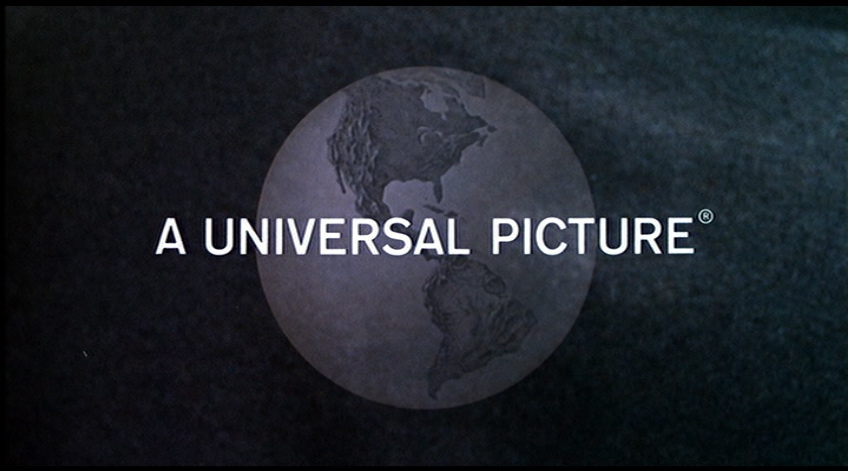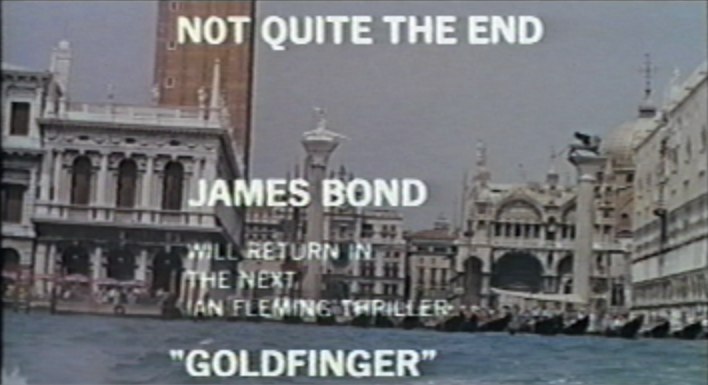Michael Armstrong vs. James Bond
That Arresting Rhythm: Opening Credits and Murders
Conclusion
Overall, Hitchcock’s film strives to be anti-Bondian except where the music is concerned. The score written by Bernard Herrmann, as usual, fits Hitchcock’s moods and images almost perfectly, while Addison’s is clumsy and indulgent, appropriately labeled “fluff." Addison’s failure to accurately match Hitchcock’s images with appropriate music seems to stem, like the pressures at Universal, from the Bond Phenomenon. Perhaps the strained, frightened faces in the credit sequence are cringing at Addison's attempt to create a marketable score. Even the silent murder scene, without Addison’s dreadful attempt, seems completely different with Herrmann’s score.


Even the closings of each film indicate the path they started. The Bond films went on to greater success with Goldfinger while Hitchcock's career continued to decline with Topaz and Family Plot.
Perhaps what Herrmann said is correct:
“[Hitchcock] only finishes a picture 60%. I have to finish it for him” 66.
Hitchcock should have let Herrmann finish the film and thus bond rather than Bond his Torn Curtain.